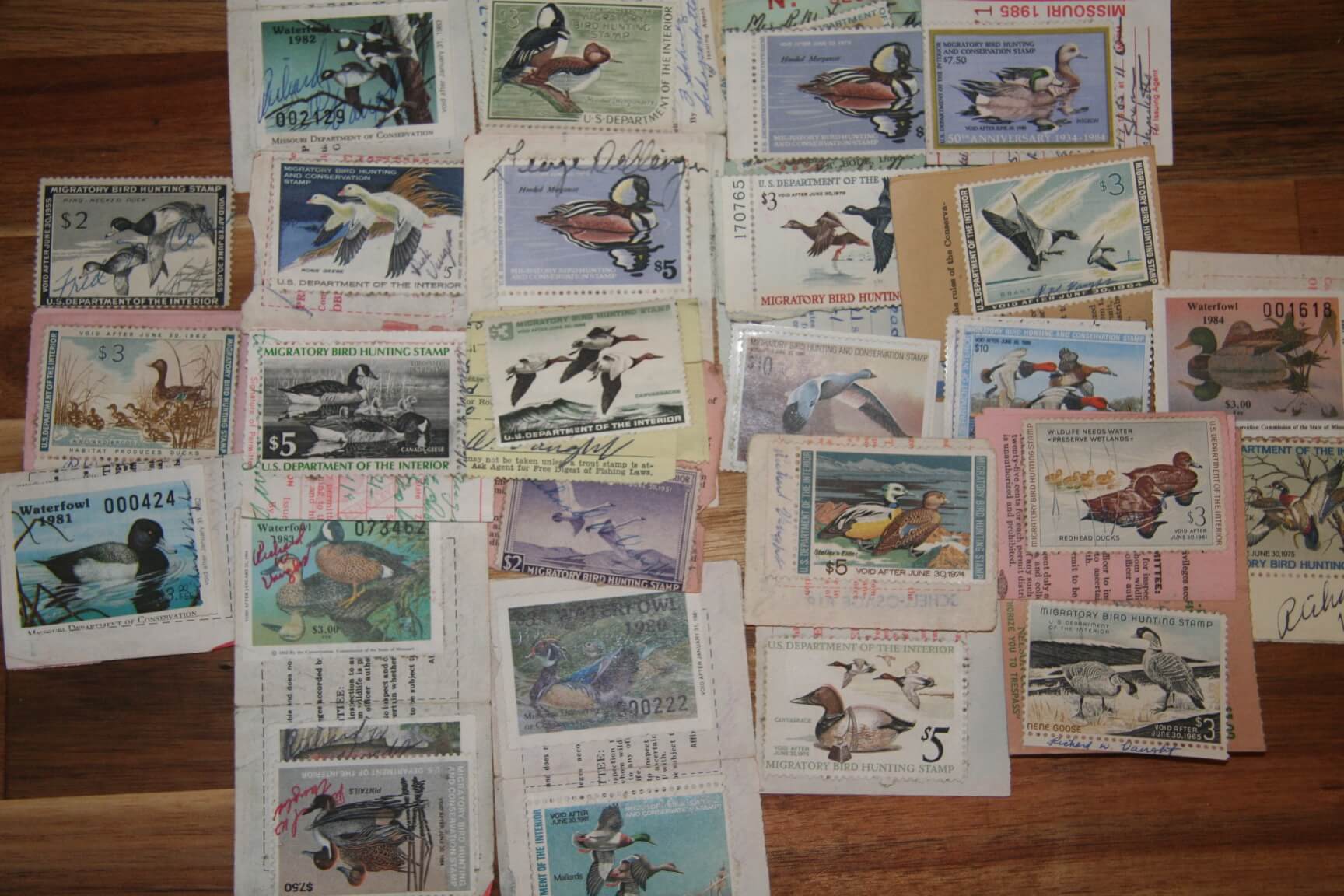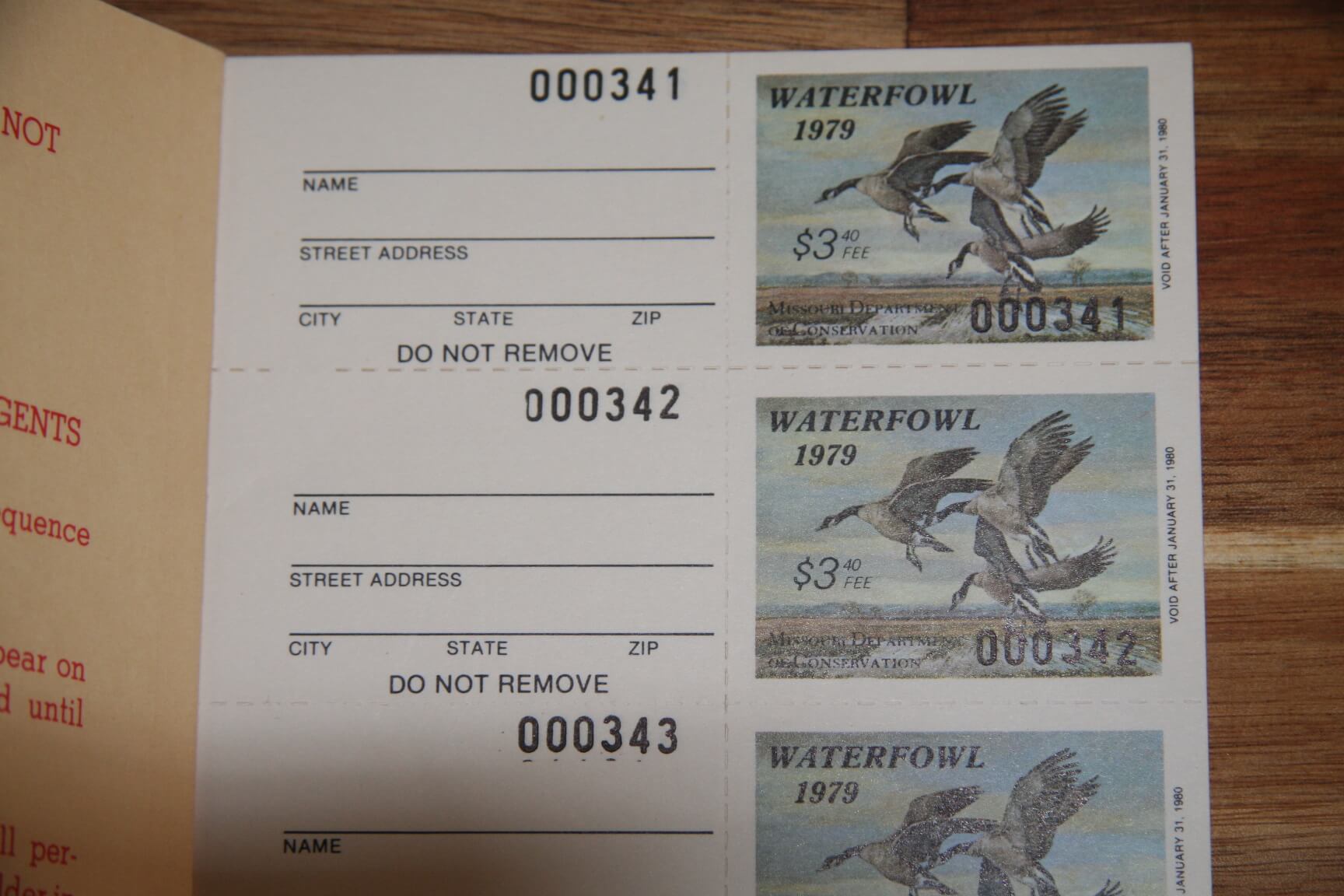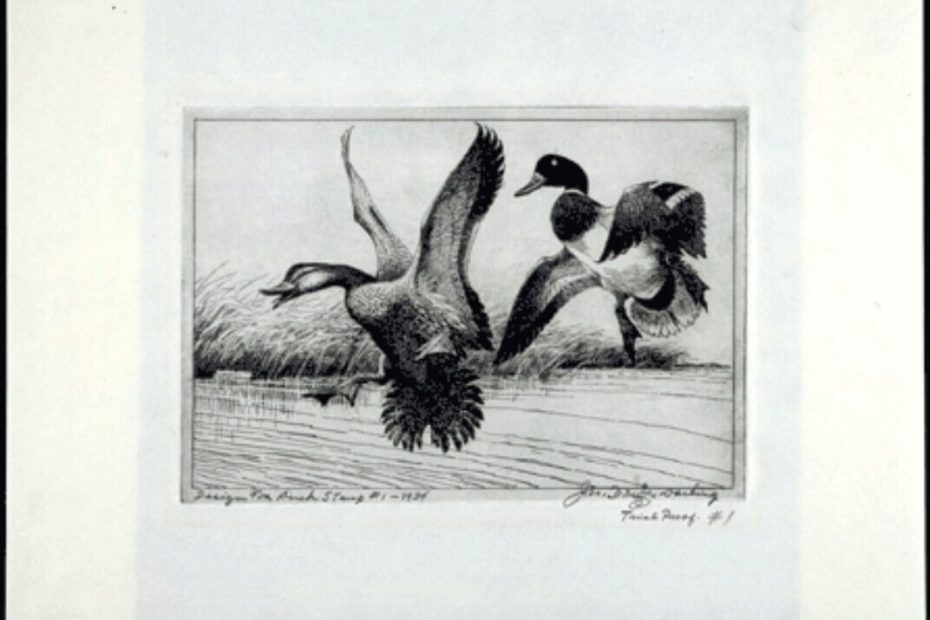Estimated reading time: 0 minutes
The early efforts of journalist and artist Jay N. “Ding” Darling of the Des Moines Register established the first stamp and the idea of artwork to grace the stamp. His first stamp in 1934 featured a pair of Mallards dropping into the marsh and was sold for $1.00.
Table of contents
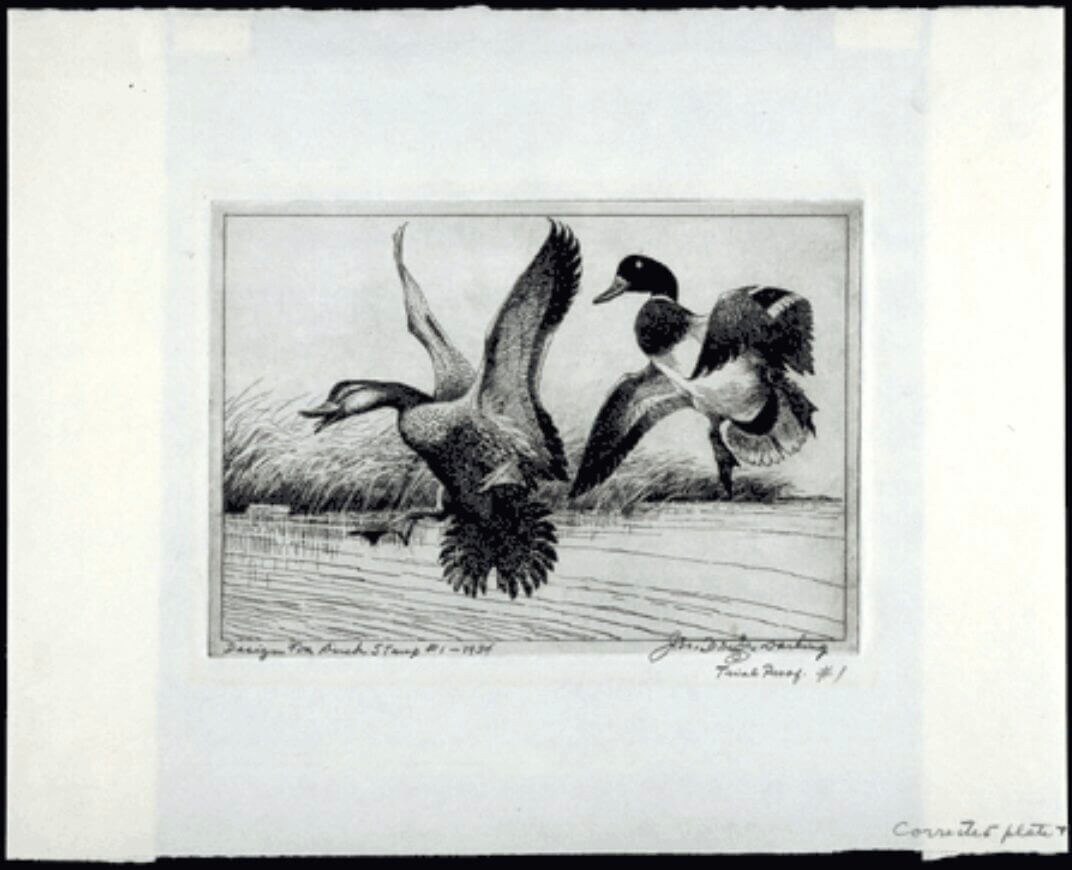
As a rule, and a requirement it was to be affixed to the hunting license of all waterfowl hunters aged 16 and older. As well, state-wide duck stamps began in 1971 with the state of California. Ohio prior, issued a state stamp in 1938 specific to only one reservoir. In 1949, competition began for the right to be the annual duck stamp artist. Sixty-five artists submitted their work in 1949 while today over 2,000 submit work each year. There is no compensation for the winning design. In all there have been 91 federal stamps issued.
The Migratory Bird Hunting and Conservation Act of 1934 according to the United States Fish and Wildlife Service has been used to protect more than 6 million acres of wetlands and is considered one of the most successful conservation programs in history.
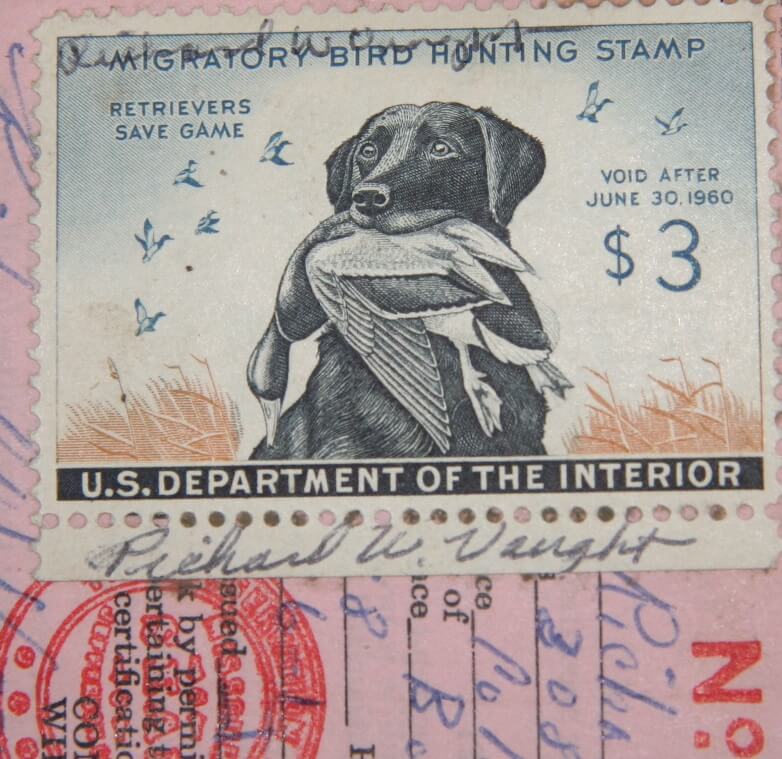
I know as most of you do that those duck stamps are worth keeping and over the years, I have managed to keep a few. While my collection pales in comparison to most, it does include a few books of uncirculated state stamps. Not sure what your favorite stamp might be, but most states have an artist who has produced a winning stamp.
While the name Maynard Reese or David Maas, might be among the most well-known, it is Jim Hautman with the most wins at six and believe it or not along with his brothers, Robert and Joe have won 15 overall contests.
